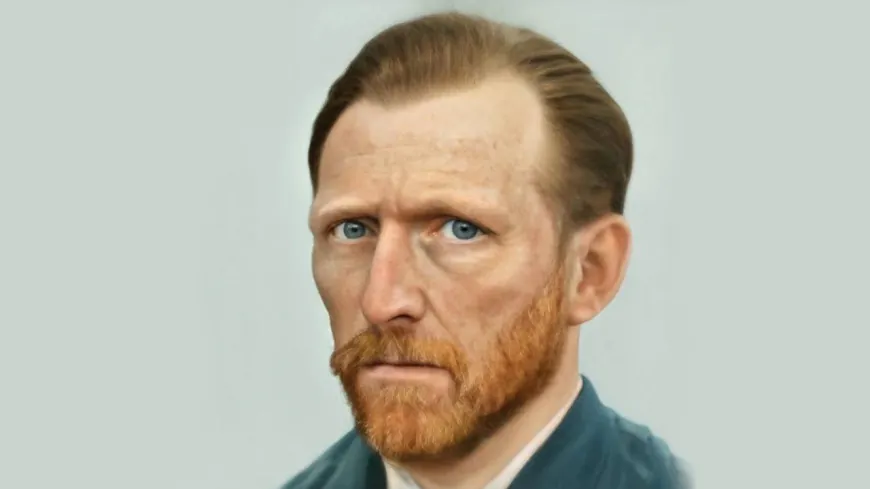Who is Vincent van Gogh, Where is He From, When Did He Die?
Who is Vincent van Gogh? Detailed information about Vincent van Gogh's life, origin, death, and art career.

Vincent van Gogh was born on March 30, 1853, in Groot-Zundert, Netherlands, and passed away on July 29, 1890, in the village of Auvers-sur-Oise, France. Van Gogh is considered one of the most important and influential artists of the post-impressionist period. His paintings are filled with vibrant colors and emotional intensity.
Where is Vincent van Gogh From?
Vincent van Gogh was born in the village of Groot-Zundert in the Noord-Brabant province of the Netherlands. His family was a well-established and respected family of clergymen. His father, Theodorus van Gogh, was a Protestant minister.
Early Life and Education
Vincent van Gogh was the second of six children in his family. At the age of 16, he started working at Goupil & Cie, an art gallery in The Hague, thanks to his family's connections. This experience introduced him to the art world. However, after a few years, he lost his job and subsequently worked in various other positions.
In his youth, Van Gogh decided to pursue a religious path and worked as a missionary in the Borinage region of Belgium. However, he was not successful there either and eventually decided to return to the art world.
Art Career
Vincent van Gogh began painting at the age of 27. He quickly developed a unique style. In his early years, he created somber-toned works depicting the lives of peasants and workers. "The Potato Eaters" is one of the significant works from this period.
After moving to Paris, he became acquainted with impressionist and neo-impressionist artists, and started using vibrant colors in his works. Paintings like "Sunflowers" and "Starry Night" are among the most well-known examples from this period.
Throughout his art career, Vincent van Gogh faced significant mental and emotional challenges. He often struggled with mental health issues, which were reflected in his paintings. The incident of cutting off his own ear and being admitted to a psychiatric hospital are among the most known examples of these struggles.
| Artwork | Date | Description |
|---|---|---|
| The Potato Eaters | 1885 | A work depicting the harsh lives of peasants and workers from his early period. |
| Sunflowers | 1888 | A vibrant colored painting created after moving to Paris under the influence of impressionism. |
| Starry Night | 1889 | An iconic painting created while he was in a psychiatric hospital in Saint-Rémy-de-Provence. |
Personal Life and Health Issues
Vincent van Gogh's personal life was fraught with mental health issues. He suffered from depression, anxiety, and epilepsy. These problems sometimes prevented him from working and negatively affected his social relationships.
One of the most well-known incidents is when he cut off his own ear in 1888. This occurred after an argument with Paul Gauguin. Subsequently, he was admitted to a psychiatric hospital in Saint-Rémy-de-Provence, where he continued to paint. "The Starry Night" is one of the significant works created during this period.
Last Years and Death
Van Gogh spent his last years in the village of Auvers-sur-Oise, France. He lived under the care of Dr. Paul Gachet. Despite ongoing health issues and mental struggles, he produced many significant works during this period.
On July 29, 1890, he is believed to have taken his own life. After his death, Vincent van Gogh's works gained significant attention and he is now considered one of the most renowned and beloved artists worldwide. His works are seen as foundational pieces of modern art.
Conclusion
Vincent van Gogh made a profound impact on the art world despite his short life. His unique style, use of color, and emotional depth played a crucial role in the development of modern art. Van Gogh's life and works continue to inspire art lovers today.







